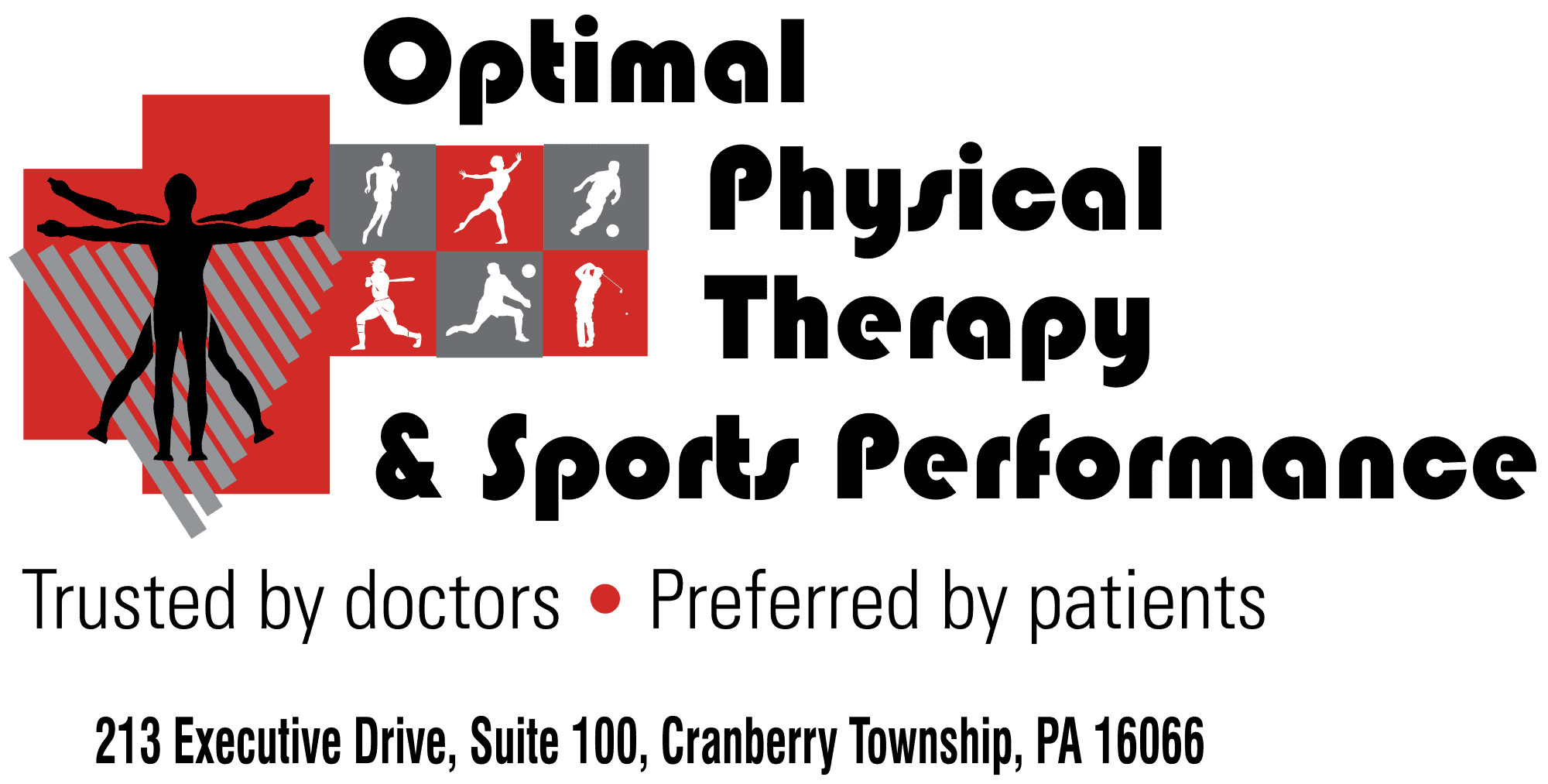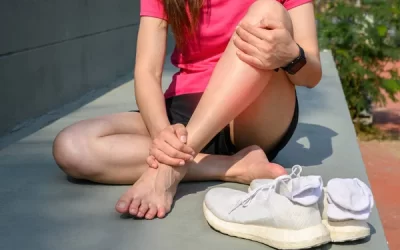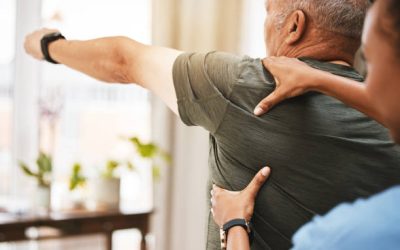There is a popular book on the market right now entitled Eat This Not That which helps persons make better nutritional choices for their health and well being by comparing various food choices side by side with photos. It makes a compelling case for empowering a person’s knowledge on what are the most healthy food choices. This article would like to borrow that concept and apply it to teaching you a similar thought process to help you be empowered to know how to do some everyday tasks while avoiding dangerous back positions or movements that can contribute to back problems and pain.
Your spine is a complex beautifully constructed structure composed of 24 bones/vertebrae which are separated by flexible and cushy discs, layers of muscles and ligaments and dozens of joint surfaces. The spine protects your spinal cord and nerves that travel out of the spinal cord through joint surfaces between the vertebrae in order to carry signals from the brain to the rest of the body. These nerves enable you to generate movement and feel sensation. Injury can occur at any of these component parts of this structure. Extreme trauma can cause devastating injuries. Microtrauma (small amounts of injury which can accumulate over time) can also wear and tear at the component parts of the spine leading to such things as: herniated discs which press on nerves and lead to weakness, pain and altered sensation,
spinal arthritic changes in the joint surfaces which create narrowing of nerve passageways, pain and nerve compression, and muscular strain or changes in muscular integrity to support the spine (certain muscles become over stretched while others become too tight) both of which can cause pain and loss of motion and function.
Physical therapists often hear patients say things like this “I just bent down to pick up something off the floor like I always do and my back went out on me. I have never had pain like this before.” This is a classic case most likely of a series of improper movement patterns that produced a sequential experience of microtraumas which eventually led to such an accumulation of injury to tissue that a seemingly small task produced a significant experience of pain and symptoms. There is deep truth in the saying “it was the straw that broke the camel’s back”.
Your body is a very mobile structure and our spines allow us a variety of movements. There are several things you can do in order to keep your spine healthy:
- Try to keep your weight at a healthy level
Stay physically active: learn how to stretch, get cardiovascular exercise and strength training
Develop good postural habits avoiding forward head posture, rounded shoulders and give yourself periodic breaks from prolonged sitting
Use good Body Mechanics – which is the focus of this article
Body mechanics is the manner in which you position yourself and move for a particular task. There are good strategies to use for everyday tasks. Keep in mind that there are improper methods to moving which can either singly or cumulatively over time place unneeded stress on your spine.
Here are some suggestions to “Do This Not That” in order to protect your back:
Picking up Socks: If there is something on the floor that you need to retrieve, do not bend at the waist alone. Bend from the knees and straighten back up from the knees. Try to keep one foot a little in front of the other.
Washing Dishes at the sink: Instead of standing straight while facing the sink with straight legs and bent at your waist only, try opening the door of the sink cabinet and rest one foot on the lip of the bottom edge of the cabinet. This leg position relaxes muscles around the spine and helps you to weight shift into the task unloading the spine. You can alternate legs.
Unloading the car with groceries or other packages/equipment: Do not try to reach in deep and lift at the same time. Pull objects closer to yourself to the edge of the trunk before you lift them. Lifting something with outstretched arms puts much more pressure on your spine. Keeping objects closer to your trunk with close arms will lessen stress on the spine during the lift. Do not overload yourself with too many awkward packages. Try to balance carrying in loads with equal weight on both arms so that you do not put yourself in an awkward posture. If a gallon of milk is on one side use the other arm to carry a similar weight. While we are talking about groceries, there is a best way to use a grocery cart.
Do not bend just at waist to put things into or take out of cart. Reach in while kicking one leg back which enables you to keep a neutral spine for the activity.
Standing in Line: If you have to stand in line for a prolonged period of time, avoid standing with your knees locked straight and feet too close together. Stand with your feet shoulder length apart with legs slightly bent and one foot slightly in front of the other. Keep shoulders relaxed. Weight shift gently and alter leg positions as needed.
Putting on makeup: Consider using a mirror with an expandable arm for your dressing table. That way you can sit or stand straight without bending at waist to use a mirror. This will avoid leaning and straining.
Making a bed: Instead of bending at the waist and straining with the arms to put on sheets or pull them up, try kneeling on the floor by the bed. If you have to reach to smooth out sheets, kneel on the bed with one leg and keep the other leg on the floor.
Sitting: Your feet should rest comfortably on the floor. Adjust your chair height for this or if you are short, use a small footrest so your feet will be supported. Your spine should rest against something firm. You should not slump forward for prolonged periods of time. If you must sit for prolonged times in the day, get up every thirty minutes and walk briefly to reset your posture. For parents who attend numerous sports events and must endure those hard bleachers, consider investing in portable seat cushions which offer a back rest.
Driving: Most car seats are soft and do not contour to all spines well. Customize your own needs. Adjust your seat height and distance to the pedals regularly. Consider a small round pillow or lumbar support for your low back. Adjust your wheel so that your arms are relaxed and can bend. Counter act the forward posture while waiting at a red light: do some shoulder blade pinches, backward shoulder circles, pull your chin back to bring your neck over your body not in front of it. Take walking breaks if on a long car trip. 10 minutes at a rest stop can make the difference over months of pain.
Traveling: It’s all about balancing the loads you must take with you. Opt for two smaller suitcases over one large one or invest in one which has a pull handle and wheels. Balance loads between both sides of your body.
Childcare: New moms are often at risk for injury because their muscles are stretched due to pregnancy and need time to tighten up again. Getting a child out of a crib can be tricky. If you can lower the side of the crib down, do that first. Then slide the child close to your body before lifting the child up. Take turns on which side you are nursing a child or feeding with a bottle. Use pillows to prop the child on so that the child is brought up to you and you do not need to lean forward to bring yourself to the child. Getting children bathed and out of the tub is a challenge as well. Use a garden pad knee support from a dollar store to help you kneel in front of the tub keeping your spine straight with less bend at the waist. Have a child come close to you when getting out of tub and lift them out using the kneeling position. To pick up a young child, sit on a couch or on a lower couple steps on a staircase and ask child to come to you first so that you are lifting from a partially elevated position already and not just bending at the waist to lift a child from the floor.
Laundry: Use smaller laundry baskets versus big bulky ones which may become too heavy. If you have a top loader washing machine, do not bend down repeatedly to load clothes from basket or hamper. Place basket at same height and stay upright while moving clothes into the machine. Similarly when removing clothes from a dryer, kneel down to take clothes out or use one hand on top of dryer while kicking one leg back so that your spine can stay straighter during the task.
Basic Rules of Lifting: Know your load and how heavy or awkward something may be before you try to lift it. Always get help if you question if you can handle the load. Know your path. Where are you taking the load and is the path clear. If the load is high, you may need to lower it to waist level first then readjust before proceeding. Keep loads close to your body and lift with your legs. If something is awkwardly shaped, you may need to half kneel and place it on bent leg that is forward before you lift with your legs. Use your arms to keep things close to your body. Never try to lift with outstretched arms.
Optimal Physical Therapy and Sports Performance hopes that you have found this topic useful. Part of our mission is providing good community information in order to prevent injury. We are very skilled and great at helping individuals who are experiencing back or neck pain but we would rather prevent it from happening to you in the first place!!! Contact us if you need help with a neck or spine issue. We can help!!!!!



